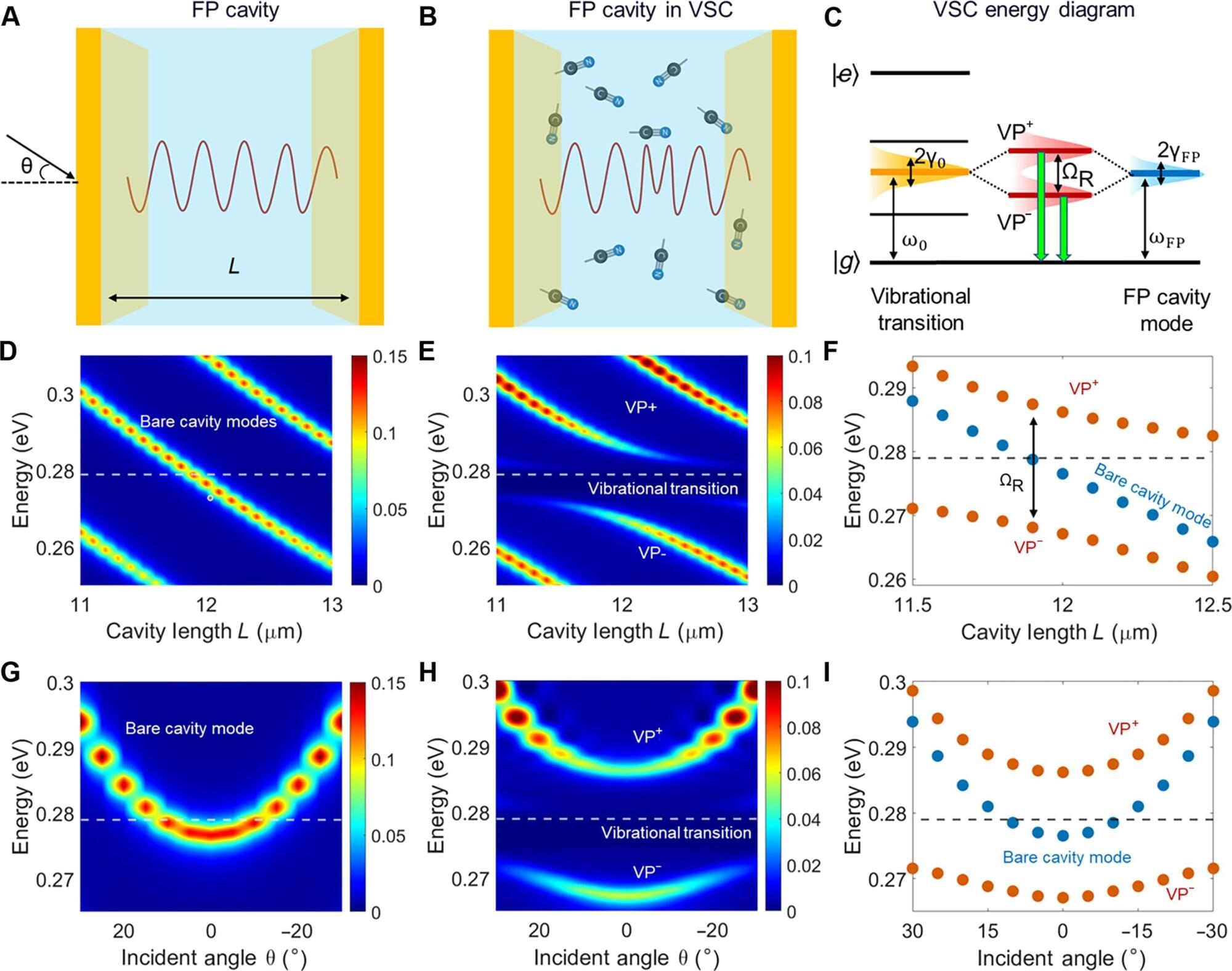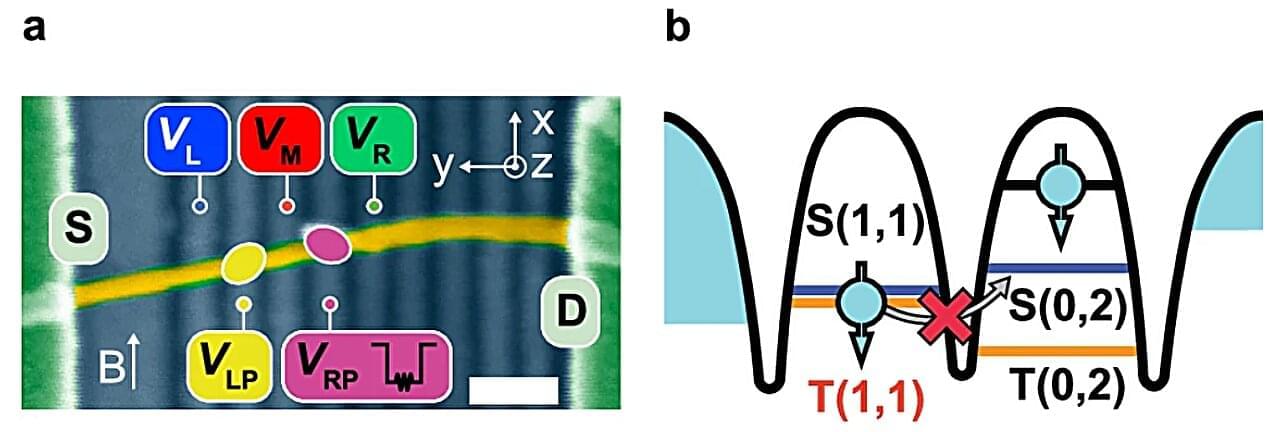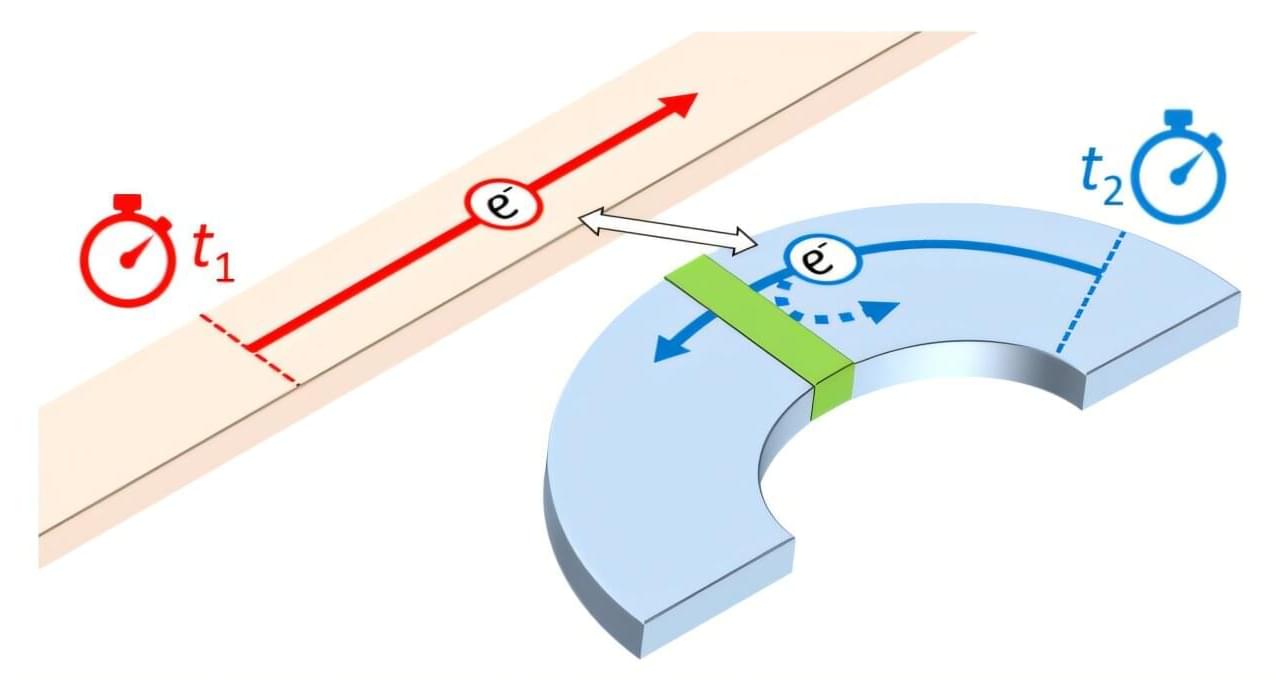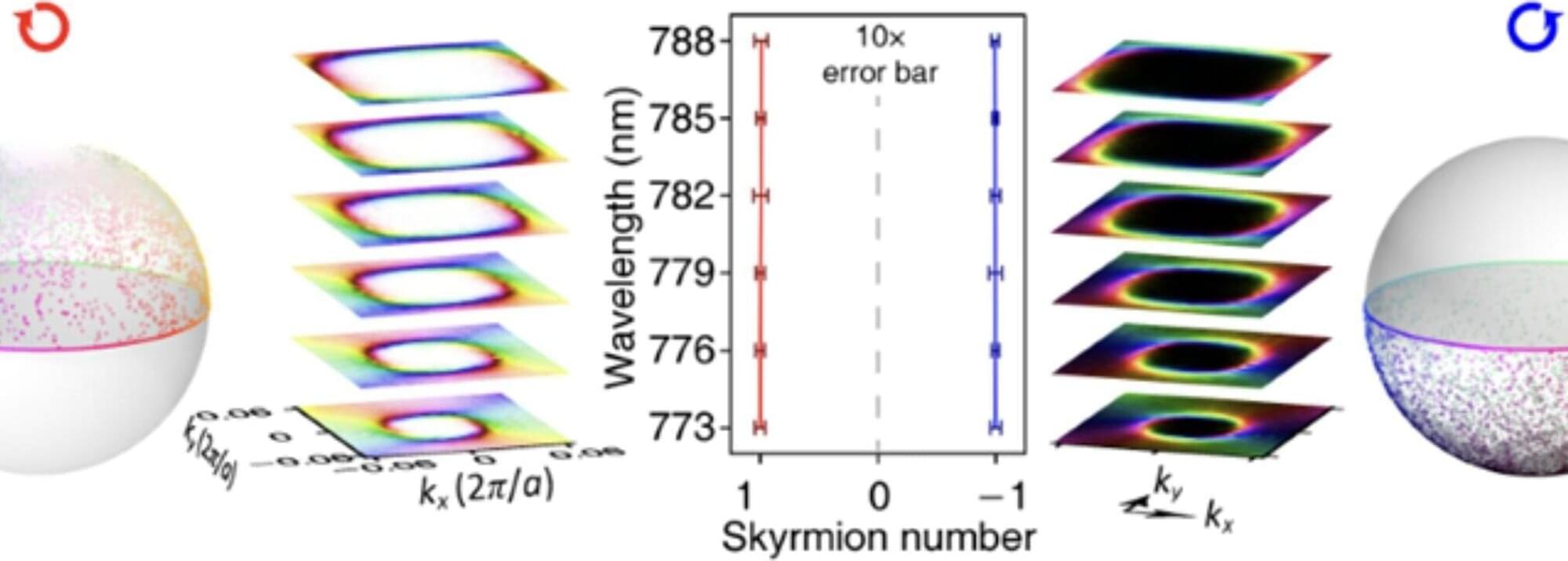A team of Johns Hopkins engineers has developed a new, more powerful method to observe molecular vibrations, an advance that could have far-reaching implications for early disease detection.



There are high hopes for quantum computers: they are supposed to perform specific calculations much faster than current supercomputers and, therefore, solve scientific and practical problems that are insurmountable for ordinary computers. The centerpiece of a quantum computer is the quantum bit, qubit for short, which can be realized in different ways—for instance, using the energy levels of atoms or the spins of electrons.
When making such qubits, however, researchers face a dilemma. On the one hand, a qubit needs to be isolated from its environment as much as possible. Otherwise, its quantum superpositions decay in a short time and the quantum calculations are disturbed. On the other hand, one would like to drive qubits as fast as possible in analogy with the clocking of classical bits, which requires a strong interaction with the environment.
Normally, these two conditions cannot be fulfilled at the same time, as a higher driving speed automatically entails a faster decay of the superpositions and, therefore, a shorter coherence time.

Researchers at NPL have reported a novel high-speed charge sensing method for ballistic electrons, a potentially useful technique in the fields of electron quantum optics, quantum electrical metrology, flying qubit technology, and signal sensing.
The study, published in Physical Review Letters, reveals that the presence of a single ballistic electron can be revealed by tracking the path of another fast-moving “sensing” electron. By steering the paths of these electrons close to each other, the tiny repulsion between them can redirect the sensing electron, like a train switching tracks or cars diverting off a freeway.
When charge sensors are used in quantum devices, they are measured continuously, with each sample long enough to resolve a signal from the noise. The NPL sensing system leverages synchronization between the detector and sensing electrons to achieve extreme time selectivity, only sampling within a minuscule time window and detecting interactions that occur in just 1–2 picoseconds.

Topological quantum systems are physical systems exhibiting properties that depend on the overall connectivity of their underlying lattice, as opposed to local interactions and their microscopic structure. Predicting the evolution of these systems over time and their long-range quantum correlations is often challenging, as their behavior is not defined by magnetization or other parameters linked to local interactions.

Topological spin textures, spatially organized patterns linked to the intrinsic angular momentum of particles, have proved to be highly advantageous for the development of spintronics and quantum technologies. One of the most studied among these textures are skyrmionic textures, which are two-dimensional and stable patterns of spin orientation. Recently, the study of skyrmionic textures has gained significant attention in the field of optics and photonics, revealing novel physical properties and promising potential applications.

Scientists have, for the first time, experimentally proven that angular momentum is conserved even when a single photon splits into two, pushing quantum physics to its most fundamental limits. Using ultra-precise equipment, the team captured this elusive process—comparable to finding a needle in a haystack—confirming a cornerstone law of nature at the photon level.

Terra Quantum has published a groundbreaking advance in quantum error correction that redefines how we scale quantum computing. In the peer-reviewed paper “QMM-Enhanced Error Correction: Demonstrating Reversible Imprinting and Retrieval for Robust Quantum Computation”, Terra Quantum scientists present QMM-Enhanced Error Correction, a hardware-validated, measurement-free method for suppressing quantum errors, based on principles derived initially from quantum gravity.
At the heart of this innovation is the Quantum Memory Matrix (QMM), a cosmology-inspired concept that models space-time as a lattice of finite-dimensional memory cells. Terra Quantum has now translated this deep theoretical idea into a functional quantum circuit. Validated on IBM’s superconducting processors, the QMM layer functions as a lightweight, unitary “booster” that enhances fidelity without mid-circuit measurements or added two-qubit gates, offering a powerful alternative to traditional surface codes.
“We have taken a concept rooted in quantum gravity and made it plug-and-play for today’s quantum processors,” said Florian Neukart, Chief Product Officer at Terra Quantum. “QMM-enhanced error correction works out of the box on existing hardware, requires no architectural changes, and delivers measurable gains. For industries building quantum solutions now, not in 10 years. This is a game-changer.
Terra Quantum has introduced QMM-Enhanced Error Correction, a hardware-validated, measurement-free method that suppresses quantum errors.

Researchers at the Johns Hopkins Applied Physics Laboratory (APL) in Laurel, Maryland, have demonstrated that a quantum algorithm can be used to speed up an information analysis task that classical computers struggle to perform.
The innovation tackles a key element of information operations: tracking and attributing topics and narratives as they emerge and evolve online, which can help analysts spot indications of potential terrorist acts, for example. This involves using computers to perform what’s known as semantic text similarity analysis, or comparing the similarities within a textual dataset — not just the similarity of the words, but the meaning behind them, which makes it possible to identify related texts even if they don’t share any common keywords.
“The amount of open-source text data online — on social media platforms especially — is growing dramatically, and our ability to analyze all of that data has not kept pace with our ability to collect it,” said Roxy Holden, a mathematician at APL and principal investigator of this effort. “Intelligence analysts have limited resources, so finding better ways to automate this kind of analysis is critical for the military and the intelligence community.”
APL researchers have demonstrated that a quantum algorithm can be used to speed up an information analysis task that classical computers struggle to perform.

